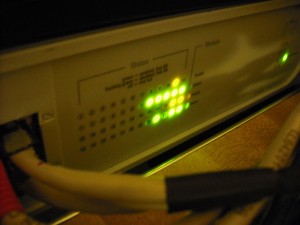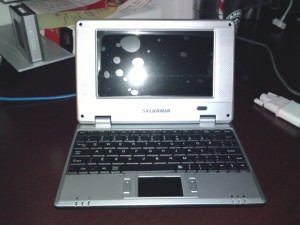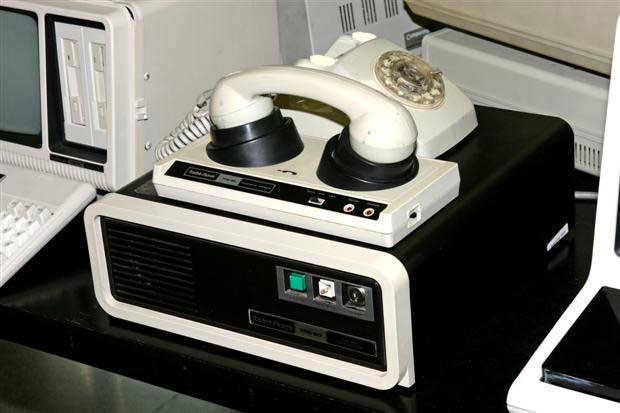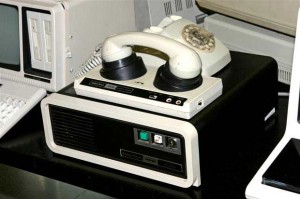
Structured wiring in businesses and the enterprise are as expected as the sun shining and a regular paycheck, however in the home a structured wiring solution can be an unexpected gift from the Gods of Ethernet. While structured wiring in an apartment complex is usually done central to a utility closet or shelf, sometimes the central point isn’t always convenient for your router or you find yourself needing to run multiple networks. In this tutorial, I will show you how to turn one structured wiring drop into two drops for carrying two different network segments, something that can be of benefit should you ever need it.
11 Comments










